The Luminous Expanse
The Luminous Expanse is a vast and enigmatic bioregion where the sun never sets, casting an eternal daylight across its diverse and awe-inspiring landscapes. This region is a study in contrasts, with towering dunes, arid salt flats, tranquil oases, and rugged plateaus, all woven together by an intricate balance of life and survival. The ecoregions within the Expanse, such as the Shimmering Oasis, the Simekian Salt Flat, and the Valley of Ancestors, each offer a unique environment, yet share the constant, unrelenting presence of sunlight that shapes every aspect of their ecosystems. The region is a place of ancient history, with remnants of lost civilizations and sacred sites like the carved canyon walls of the Valley of Ancestors, where spirits of the past seem to linger in the ever-present daylight.
Flora and fauna in the Luminous Expanse have adapted to the harsh, eternal daylight, with resilient plant species such as cacti, date palms and desert lilies thriving in the arid conditions. Creatures like the Sun Lions, Sand Deer and elusive Hissi serpents are among the few species that have learned to navigate this unforgiving terrain, creating a delicate balance between predator and prey. The region’s human cultures, the Naessians and Simekians, have developed sophisticated means of survival, with irrigation systems in the Golden Crescent supporting agriculture, and trade routes linking caravans across the vast desert expanses. Despite the intense heat and treacherous environment, the Luminous Expanse is a region of deep spiritual significance, rich in both natural beauty and ancient secrets, where every stone, dune, and whispering wind carries the weight of a forgotten past and the promise of discovery.
Geography
The Shimmering Oasis
The Shimmering Oasis lies at the heart of the Luminous Expanse, a rare and life-giving anomaly in the vast desert. This oasis consists of a crystal-clear lagoon surrounded by towering date palms, with waterfalls cascading down the cliffs that cradle the lagoon’s edge. The surrounding hills, sculpted by centuries of wind and water erosion, form a natural bowl that traps the cool, refreshing waters of underground aquifers. The area is dotted with caves and grottos, some of which house bioluminescent underground rivers, creating an ethereal, magical quality. This oasis serves as both a crucial resource and a place of respite, anchoring life in the middle of the desert’s unforgiving stretch.
The Simekian Salt Flat
The Simekian Salt Flat is an immense, barren landscape of salt pans stretching across the horizon. The vast, cracked salt crust forms intricate geometric patterns, most notably hexagonal formations, that create a mesmerizing, otherworldly landscape. When rare rains do fall, the flat becomes a reflective mirror, blurring the line between earth and sky. Scattered islands like Cactus Island, which rises from the salt crust, provide temporary relief from the desolate salt flats, offering pockets of life and shelter from the overwhelming glare of the sun.
The Sunlit Plateau
The Sunlit Plateau rises above the surrounding desert like a golden sea. This elevated region is a vast stretch of sun-bleached stone, worn smooth over millennia by wind and time, offering stunning views over the surrounding desert below. The plateau's surface is smooth and undulating, with scattered boulders forming natural windbreaks and vantage points. The edges of the plateau drop steeply into the desert below, where the land unfurls in golden waves of sand and rock.
The Valley of Ancestors
The Valley of Ancestors is a massive desert canyon with steep, jagged cliffs that rise sharply from the canyon floor. The valley's rocky walls are etched with intricate carvings and ancient tombs, their faded artwork telling the stories of gods, heroes, and long-forgotten rituals. The canyon floor, harsh and treacherous, is littered with shifting sands and sporadic oases, where resilient cacti cling to life. A network of caves known as the Cave of the Hands stretches beneath the cliffs, hiding sacred relics and mysterious carvings.
The Whispering Dunes
The Whispering Dunes are a haunting expanse of rolling sand dunes that shimmer with an almost magical quality under the intense daylight. The dunes constantly shift with the winds, creating an eerie, ever-changing landscape. Beneath the surface lie hidden caves and ancient ruins, where the remnants of past civilizations whisper in the wind. The desert’s supernatural winds are famous for carrying whispers, the voices of long-lost beings or spirits, making this region a place of both intrigue and danger. The dunes’ smooth curves are punctuated by half-buried temples and statues, offering both danger and discovery for those brave enough to seek out the region’s secrets.
The Golden Crescent
The Golden Crescent is a sprawling, arid desert region that borders the Shimmering Oasis. This region is characterized by gently rolling hills and low plateaus, which provide natural vantage points over the expansive desert below. The landscape is dotted with terraced fields and scattered oasis springs, created through ancient irrigation systems fed by the Shimmering Oasis. This region is the lifeblood of the Luminous Expanse, where hardy crops are grown in the most arid conditions. The Golden Crescent also serves as a vital trade route, with camel caravans traveling along well-worn paths that connect settlements across the desert. The land itself is harsh, but the persistence of agriculture and the presence of settlements provide a stark contrast to the otherwise barren surroundings.
The Ancient Roads and Caravanserais
Scattered throughout the Luminous Expanse, especially in the Golden Crescent, are ancient roads and caravanserais - the roads of commerce, culture, and travel. These well-worn paths are flanked by rest stops and oases, with large stone structures offering shelter for traders, travelers, and nomads. The caravanserais stand as testimony to the enduring legacy of the desert’s human cultures, providing essential shelter and protection from the harsh environment. These roads form a network that ties together the settlements of the Naess and Simek cultures, facilitating trade and cultural exchange across the expanse.
Climate
Scorching, hyper-arid desert with extreme solar exposure. The region is bathed in unending sunlight due to the planet’s fixed orientation, making it one of the most climatically hostile places on the planet. Temperatures can vary vertically more than horizontally — from searing heat at the dune surface to relatively cooler air in shaded canyons or oasis groves.
Perpetual Sunlight
The sun hangs unmoving in the sky, creating elongated shadows and focused glare. The shimmering air near the surface constantly distorts the horizon.
Heat Dome
The atmosphere forms a semi-stable heat dome over the Expanse, trapping hot air in valleys and low basins like Simek, leading to thermal inversions and suffocating heat layers.
Sun Tongues
Named local wind patterns — dry, gusting currents of hot air — travel westward from Naess, superheated by the exposed stone plateaus. They are known to desiccate unprotected skin in moments and are considered an ill omen when they arrive without warning.
The Shimmering Updraft
Rising air over the Shimmering Oasis creates a nearly permanent vertical thermal column — a slow, spiraling uplift of warm, humid air from the oasis that sometimes condenses into rare but violent “skybursts” of rain. These events, though infrequent, can trigger short-lived flash floods through dry channels and salt flats, especially in Simek.
The Naessian Veil
Occasionally, high-altitude clouds form over Naess due to evaporation from coastal or irrigated lands. These clouds thinly veil the sun like a gossamer curtain, briefly lowering surface temperatures and creating moments of immense cultural and spiritual significance. During these events, the sky takes on pearlescent hues and is said to "weep" with light rather than water.
Sand Tempests
Abrupt turbulence caused by moons in mid-alignment — known locally as Moon Drift — disrupts the jet stream patterns and can whip up mile-high sandstorms, particularly during transitions between the short and long moons. These storms can last hours to days, flensing visibility to zero, with winds shrieking at speeds up to 160 km/h.
Moons and Seasonal Influence
Despite the lack of orbital seasons, moon alignments create “cyclical moods” in the desert. Each 10-short-moon rotation of the long moon marks a Desert Cycle, during which atmospheric moisture, magnetic interaction, and jet stream shifts cause alternating periods of relative calm and violent activity.
- Waxing Long Moon: Humidity rises slightly in the oasis region; cloud cover increases. Traders schedule crossings around this calmer time.
- Full Long Moon: Known as the Moon of Warnings — jet streams destabilize, and dust storms are more likely. Winds are erratic; caravans halt. This is the storm season.
- Waning Long Moon: The desert dries further; temperatures reach their highest. The Simekian Salt Flats glow white-hot and become impassable during midday.
Regional Weather Highlights
Naess:
- Suffers more frequent cloud formation and heatwave surges.
- High-altitude clouds build and then dissipate in cycles, contributing to unpredictable but awe-inspiring light effects.
- Thin, scalding rainfall is more likely here, capable of damaging metal and skin.
Simek:
- Often shrouded in heat haze and mirages.
- Salt flats can produce sharp salt storms when wind is strong, capable of cutting through cloth and soft leather.
Shimmering Oasis:
- Still air in midday leads to oppressive humidity in the oasis zone, followed by dry air surges at dusk (or its equivalent).
Valley of Ancestors:
- Near the Valley of Ancestors, heat and wind interacting with ancient rock formations create harmonic vibrations — a haunting, flute-like music said to be the voices of the dead. These winds are usually precursors to sandstorms.
Fauna & Flora
The flora of the Luminous Expanse has evolved to endure its relentless sunlight and arid conditions. Iconic species like the Pindo Palm and Date Palm dominate the oases and irrigated areas, providing shade, fruit, and sustenance in a land where water is scarce. The desert is home to hardy cacti such as the Golden Barrel Cactus and Saguaro, which store precious water in their thick, spiny bodies, while the delicate Desert Rose and Desert Lily bloom only after rare rainfalls, adding bursts of color to the otherwise muted landscape. The Lotus Reed and Water Hyacinth thrive in the oasis lagoon, their roots filtering the water and providing shelter for aquatic life, while grasses like Indian Rice Grass endure the scorching heat of the Golden Crescent. These plants have adapted in ingenious ways to survive, from deep-rooted resilience to the ability to bloom under the harshest of conditions.
The fauna of the Luminous Expanse is equally remarkable, with creatures that have adapted to the constant sunlight and harsh environments. The majestic Sun Lions, telepathic guardians of the oasis, maintain the balance of predator and prey in their territory, while smaller creatures like the Sand Deer and Fennec Foxes have evolved to handle the extreme heat, with large ears for cooling and keen senses for hunting and evading predators. The Desert Pupfish and Fiji Banded Iguana have adapted to the freshwater lagoons and salt flats, surviving in brackish or warm waters. Reptilian predators like the Basilisk and Hissi, along with Sand Scorpions and Lynx, roam the desert in search of food, using stealth, venom, or speed to capture prey. From the eerie windswept Whispering Dunes to the cool depths of the Shimmering Oasis, every species has evolved intricate survival tactics to thrive in this harsh, sunlit realm.
Natural Resources
The Great Desert’s natural resources are shaped by its harsh, sun-baked environment, with water being the most vital and scarce commodity. Hidden underground springs and aquifers feed the desert’s oases, providing the life-giving water that sustains both flora and fauna. Date palms and cacti thrive in these oases, offering food, shelter, and medicinal plants that are crucial for survival. Date palms provide nourishing fruit and leaves for weaving, while cacti store vital water and have edible parts that help sustain travelers and wildlife. Desert flowers, though rare, bloom after rains, offering nutrients for pollinators and providing medicinal plants for the locals. Additionally, the underground Desert Truffle, a rare fungus growing near water sources, is highly prized as a nutritious food for both animals and people.
Beyond plant life, the desert is home to a range of animal resources that support both the local ecosystem and human inhabitants. Sand deer, fox cats, crocodiles, and sun lions provide valuable meat, hides, and bones, all of which are used for food, crafting, and trade. The Simekian Salt Flat offers another key resource - salt - which is harvested for preservation and trade. The flat’s salt crust is vast and rich, with the potential to fuel local industries and trading routes. The desert is also home to various minerals, including iron and copper, which can be mined in certain regions. Together, these resources, from water to wildlife and minerals, form the foundation of life in the Great Desert and offer significant opportunities for trade and survival.
Tourism
Pilgrims and Spiritual Seekers
These visitors are often deeply connected to the traditions of the desert’s ancient peoples, especially the Simekian and Naess cultures. They come to honor their ancestors, visit sacred sites, or participate in spiritual rituals and ceremonies.
- The Valley of Ancestors: Pilgrims travel to this sacred canyon to visit the ancient tombs, etchings, and petroglyphs of their ancestors. They may participate in annual ceremonies such as the Annual Remembrance Ceremony, which celebrates the connection between the living and the dead.
- The Cave of the Hands: A quiet, reverential pilgrimage site, where worshippers come to meditate and connect with the earliest Simekian ancestors through the ancient handprints and symbols.
Adventure and Eco-Tourists
Seeking an adrenaline rush or a chance to experience the stark beauty of the desert, these tourists are drawn by the opportunity to explore the natural wonders of the desert’s harsh environment.
- The Whispering Dunes: These tourists might venture into the mysterious, ever-shifting sands to uncover the ruins of ancient civilizations. The eerie atmosphere of the ruins, combined with the thrill of navigating the dunes, is a major attraction.
- The Sunlit Plateau: Adventurers are drawn to the high, windswept plateau, where the vistas offer sweeping views of the desert. Hiking and rock climbing are common activities, though the terrain can be treacherous.
- The Shimmering Oasis: Some come for the chance to swim in the oasis's cool waters, enjoy a respite from the harsh desert sun, or visit the bioluminescent pools beneath the surface.
- Desert Safaris: For those looking to explore the wilderness, organized desert safaris are popular. These tours would take visitors across the dunes to spots of natural beauty, historical significance, or danger. Visitors might be able to hunt for desert truffles, photograph the flora and fauna, or simply enjoy the tranquility of the desert’s vast expanses.
- Night Stays in the Dunes: While there’s no true "night" in the desert, tourists may still enjoy sleeping beneath the stars. Guided trips could lead travelers into remote dune areas for a night under the open sky, with specialized tents providing shelter from the desert's daytime heat.
Archaeologists and Historians
For those with a fascination for lost civilizations, archaeology in the Great Desert is a major draw. Ancient ruins, carved petroglyphs, and hidden chambers offer insight into the lost history of the desert’s first peoples.
- Ancient Ruins: Scattered across the desert, archaeologists and history buffs are drawn to the crumbling ruins of temples, tombs, and monuments. These ruins often contain valuable artifacts, inscriptions, and hidden knowledge about the civilizations that once thrived here.
Trade and Commerce Travelers
Merchants and traders frequently pass through the Great Desert on their way between the Naess and Simek kingdoms. The oasis towns, especially the Shimmering Oasis, serve as vital trading hubs where goods such as precious minerals, desert herbs, and rare artifacts are exchanged.
- The Shimmering Oasis: As the focal point for trade, this oasis would be a bustling center where travelers rest, exchange goods, and engage in cultural interactions.
Cultural Immersion and Festivals
Tourists interested in cultural experiences might attend desert festivals or events, such as the Annual Remembrance Ceremony in the Valley of Ancestors, which would include feasting, music, and storytelling. Some might participate in traditional desert dance, taste desert cuisine, or learn about the local religious practices and crafts.


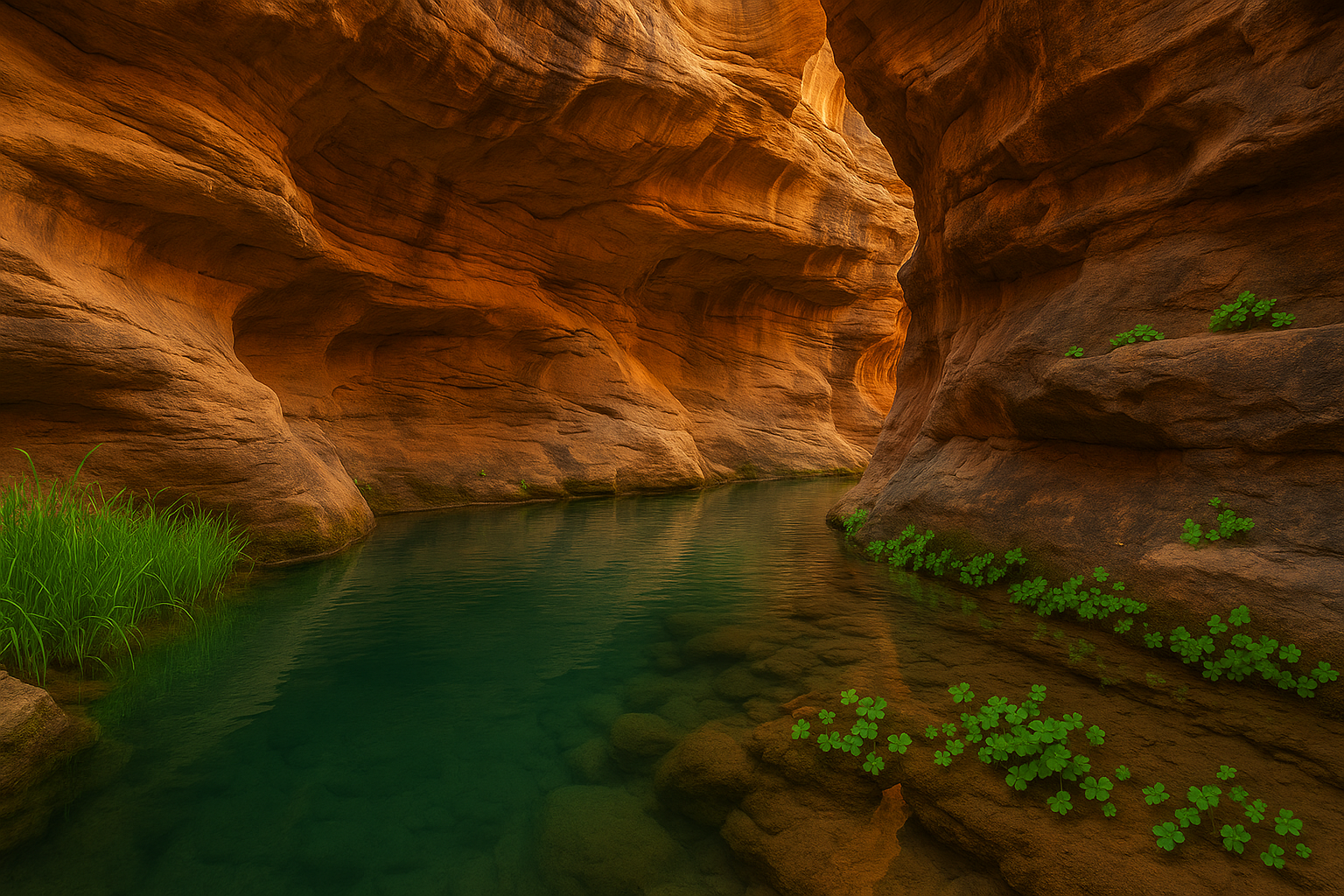

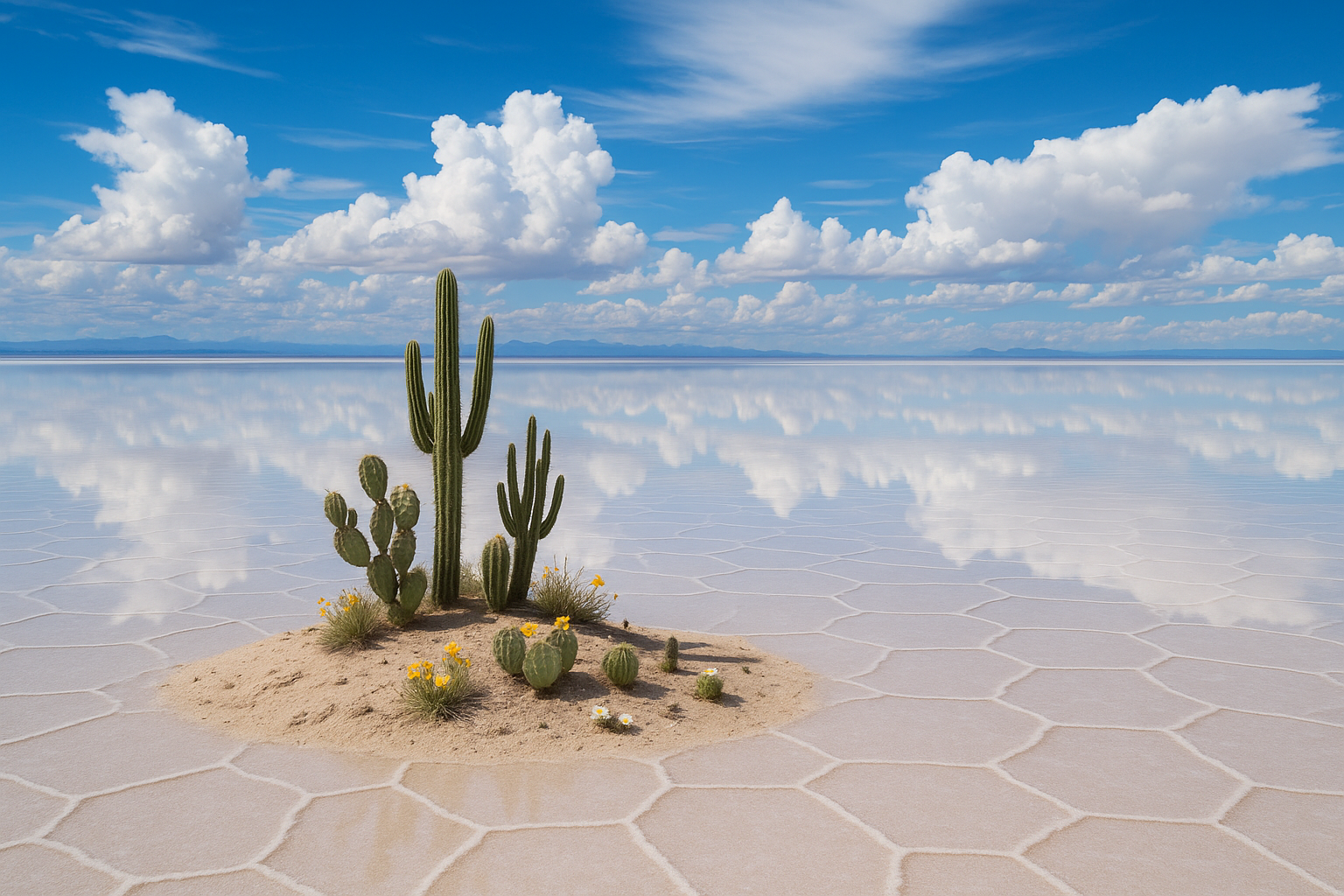



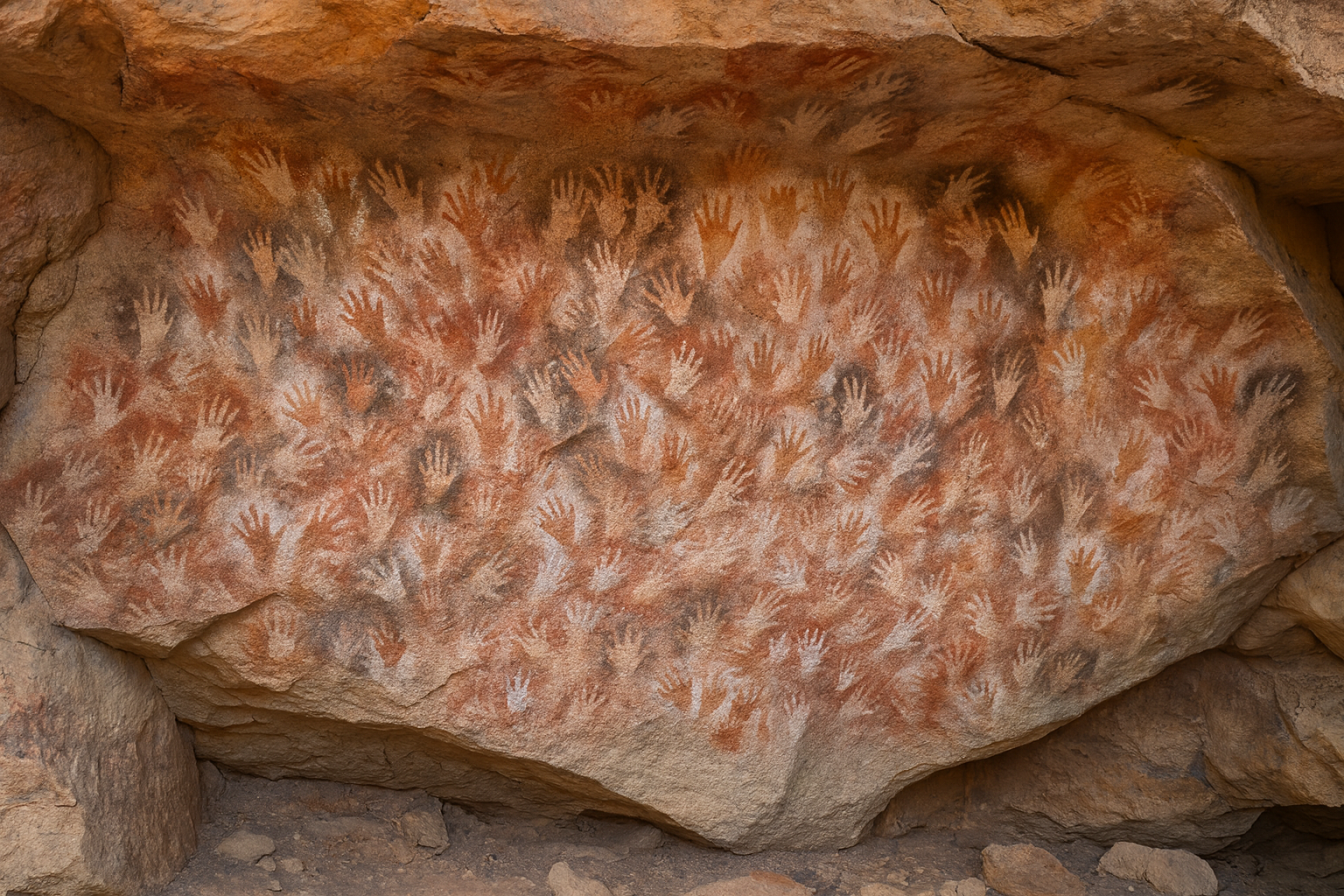
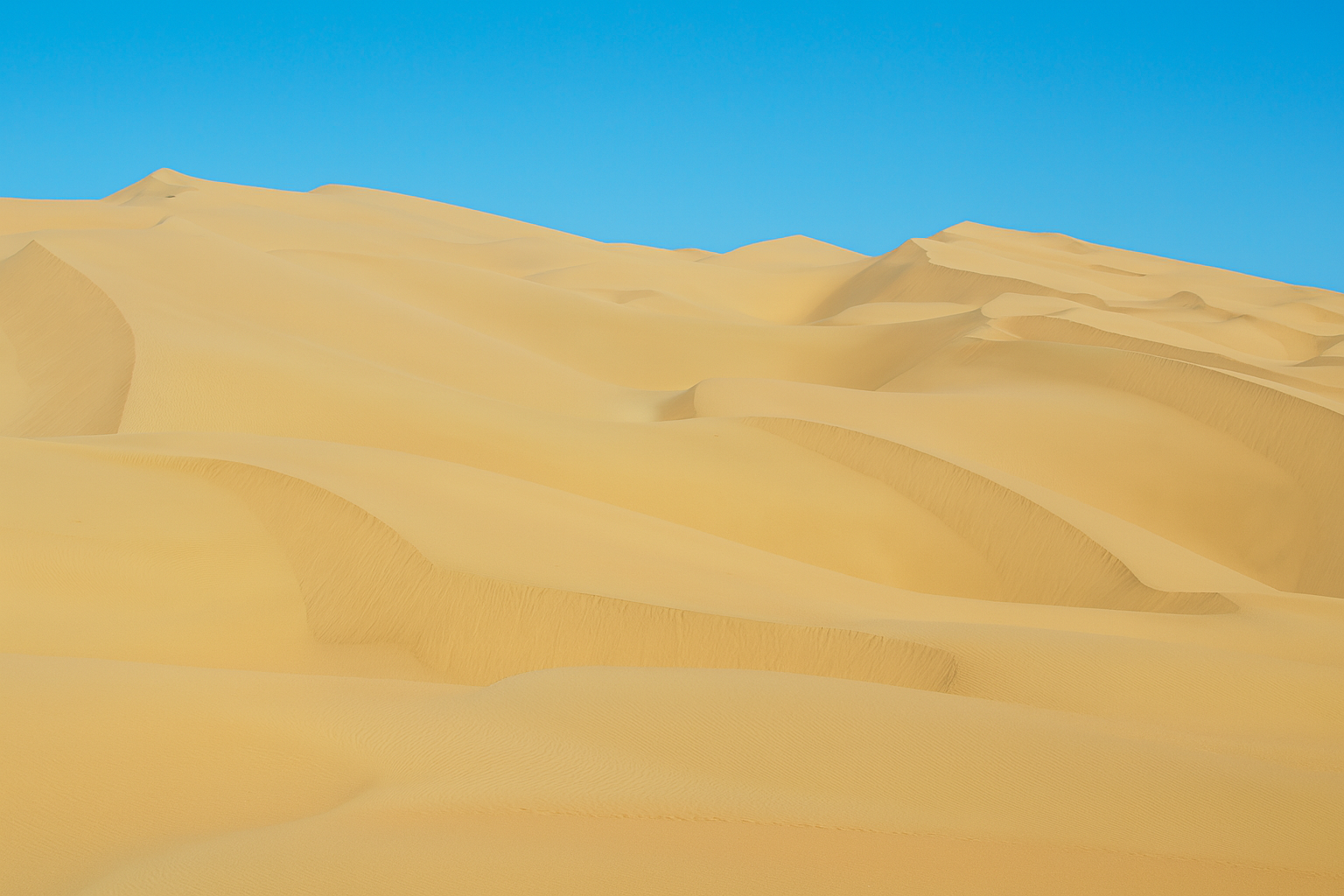
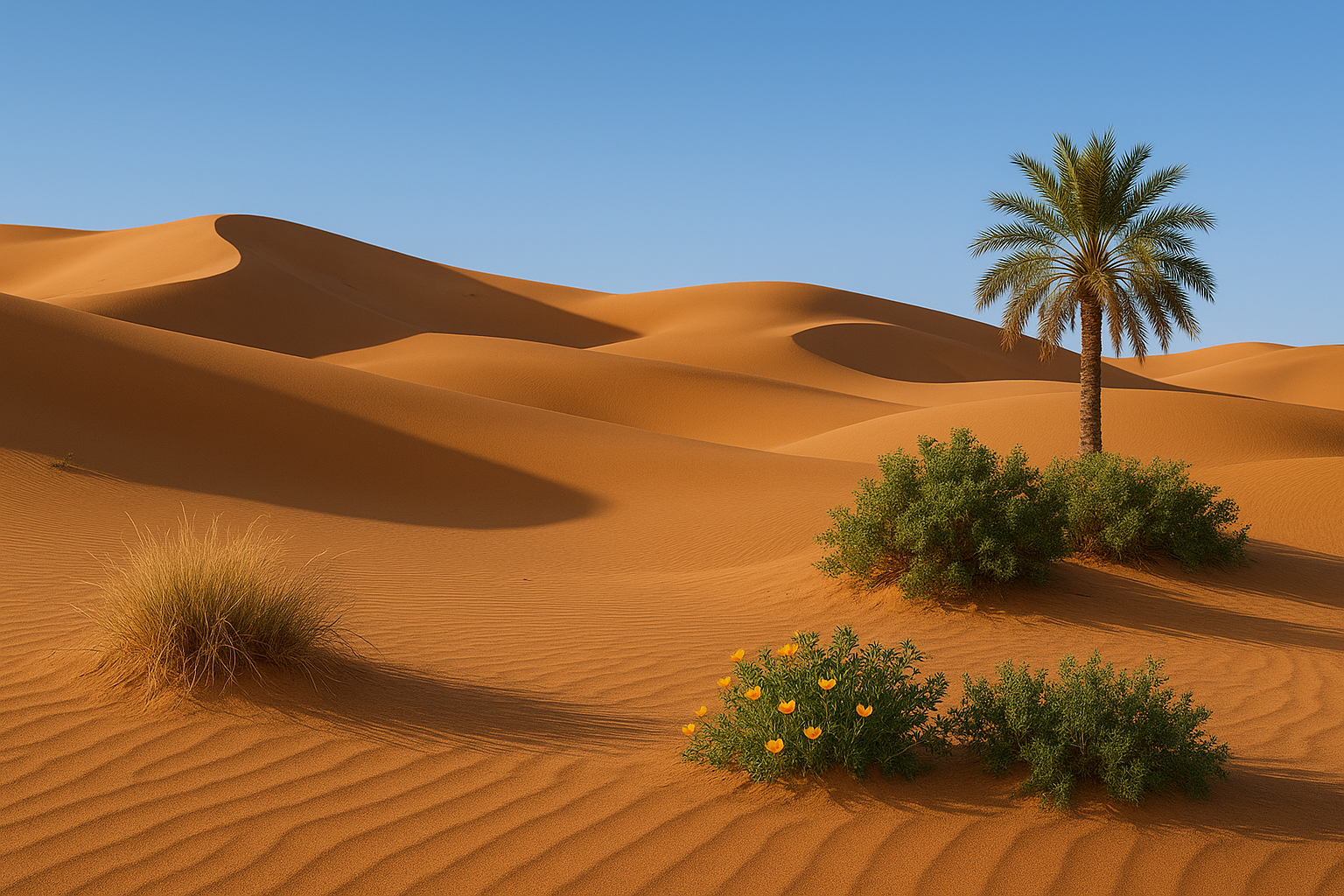













Comments